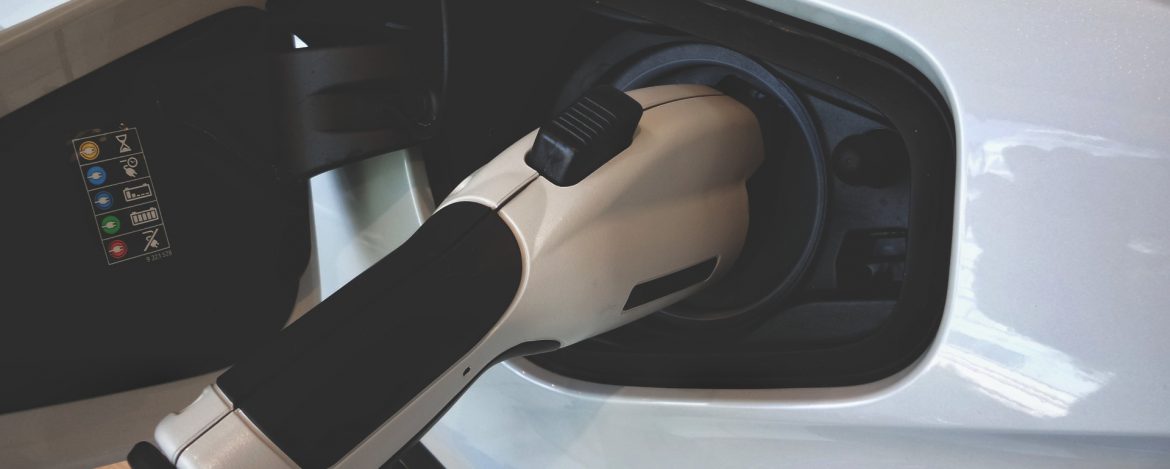Pilot Will Test How Ford F-150 Lightning EV Can Interact with Grid, Support Electric Reliability
Pacific Gas and Electric Company (PG&E) and Ford Motor Company recently announced a collaboration exploring how Ford’s new F-150 Lightning electric vehicle (EV)—the first commercially available light-duty truck with bidirectional charging technology—can interact with the electric grid and provide electric reliability benefits to PG&E customers.
One in five EVs in the country are on the road in PG&E’s service area of Northern and Central California, where customers are often early adopters of new clean energy technologies.
PG&E and Ford will test the F-150 Lightning and its Intelligent Backup Power bidirectional charging capabilities in providing backup power for customers’ homes in PG&E’s service area. Intelligent Backup Power, making its debut on the F-150 Lightning, gives customers the ability to use bidirectional power technology from their all-electric truck to provide up to 10 days of power to their homes during an outage, depending on home energy usage. The first installations of Ford’s Intelligent Backup Power are beginning in spring 2022, supported by Sunrun as Ford’s preferred installation partner.
Through this early adopter opportunity, PG&E will explore how Ford’s Intelligent Backup Power technology interconnects to the electric grid, which is necessary for the truck’s battery to power the home, and how it can support customer resiliency during grid outages. Additionally, PG&E expects to learn more about the overall customer experience to help inform future collaborations as this emerging technology becomes more readily available.
“Today, we are seeing breakthrough opportunities at the intersection of the energy and transportation industries. As more electric vehicles and new charging technology become available, it is critical that we better understand how EVs can interact with the electric grid and how we can best support our customers. Through collaborations with automakers like Ford, we are innovating together for a cleaner, safer and brighter future for all,” said PG&E Corporation CEO Patti Poppe.
“This is a really big deal to take this next step of bidirectional charging, which Ford is uniquely positioned to do. We’re really excited to start with PG&E,” said James D. Farley, Jr., Chief Executive Officer, Ford Motor Company.
While EVs already provide customers with cleaner air and reduced maintenance costs, among other benefits, testing emerging technologies to optimize EV integration with the electric grid could provide further value to all PG&E customers. Beyond the initial deployment with a small number of customers’ homes, PG&E and Ford plan to explore additional use cases and potential for bidirectional charging technology in support of PG&E customers and the grid.
Supporting EV Adoption in California
Increasing EV adoption can play a critical role in supporting California’s goals to reduce emissions as transportation is the single largest source of greenhouse-gas emissions in the state, contributing nearly 40%. Passenger vehicles alone account for nearly 29% of the state’s total emissions. By 2035, 100% of California sales of new passenger cars and trucks will have zero tailpipe-emissions.
The electricity fueling EVs in California comes from one of the cleanest energy mixes in the country. PG&E estimates that 93% of its customers’ electricity in 2021 came from greenhouse gas-free resources.
PG&E supports its customers’ EV adoption. Through its EV charging infrastructure programs, PG&E helps to reduce one of the biggest barriers to EV adoption—the lack of available places to charge. PG&E helps increase access to EV chargers for customers across light-, medium- and heavy-duty vehicles through its EV Charge Network, EV Fleet and EV Fast Charge programs.
Additionally, PG&E offers electric rate plans tailored for EV drivers and provides tools such as PG&E’s EV Savings Calculator and Fleet Calculator to help customers understand costs when deciding whether to use an EV. For more information, visit pge.com/ev .

